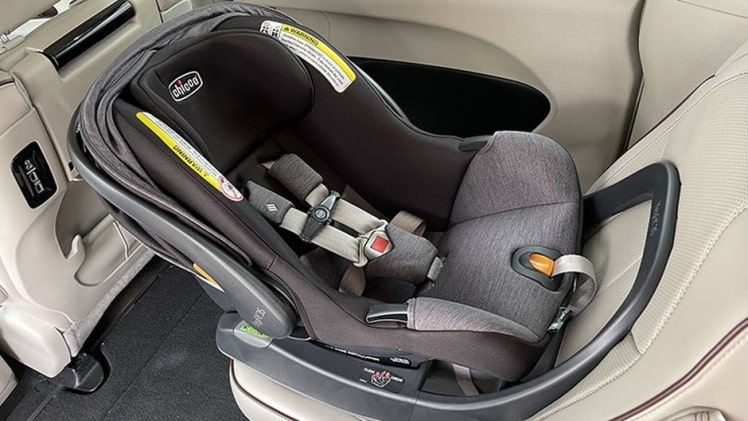It’s normal for you as a parent of a toddler to be concerned about whether or not your kid is ready to outgrow their car seat and transition to booster seats every time you make them sit in it. If your child’s weight and height align with chronological age, you might consider acquiring a booster seat. Decide whether or not your kid is ready for this kind of financial commitment before you make a substantial financial commitment to them. Furthermore, if your child displays signs of preparation, you should investigate if it is safe to keep them in a restrained position for a lengthy amount of time.
In what way does booster seats assist the child?
It is essential to keep children safe when travelling in a vehicle, so booster seats were invented. Instead of using the five-point harness of a car seat (either rear-facing or forward-facing) to keep a child secure, booster seats make use of the vehicle’s seat belt restraint to keep a child secure. If you elevate a child’s height by putting them on top of the seat, the seat belts may be positioned over the strong bones of the child’s spine and pelvis, which keeps them safe in the event of an accident. In addition to providing additional support to ensure that the driver is of the same height as the adult, the booster seats also give additional support. For your child, the move to booster seats will be analogous to training them to sit in their car seat like an adult until they reach the age of legal driving.
Using booster seats circuit training for your child should be considered when the following situations arise:
To evaluate whether or not your kid should be transitioned from car seats to booster seats, you must first identify whether or not there is a suggested age for this movie. When should a child transition from a car seat to a booster seat? When they are five years old, according to the CDC. On the other hand, many parents want to have their children use booster seats as soon as feasible. Suppose you are considering acquiring booster seats for your toddler. In that case, there are particular regulations that you should follow to establish whether or not your child is ready to utilise booster seats in the first place.
- For your child to be eligible, they must be at least five years old and weigh 40 pounds.
- The child has reached an appropriate level of maturity to sit in the booster seats for the length of the journey, with the seat belt set across the shoulder and below the hips, as shown in the illustration.
- A five-point harness forward-facing or rear-facing car seat should only be used if the seat’s internal harness has exceeded the child’s weight, height, and internal harness constraints.
Would it be wise for you to consider putting your child in a Booster Seat with a Five-Point Harness in the car?
For children under five, using a five-point harness seat provides several advantages. In addition, a five-point harness seat is appropriate for little children. As your child gets bigger and starts to use booster seats, they will transition more quickly out of the secure sitting position. On the other hand, parents should be cautious when requiring their children to use booster seats. As a parent, you must make sure that your child’s shoulder belt is not tucked behind their back or under their arm when in booster seats while they are young. Unless the kid seems to be in distress, do not shift them into booster seats. If they are not comfortable riding in booster seats, they should ride in a car seat with a harness attached to the vehicle. At this point, there is no compelling need to make the change to the new location. Hold off on transitioning your child to booster seats until they have outgrown their car seat and are old enough to understand the mechanics of sitting in booster seats if one is required.
Selecting the Most Appropriate Booster Seat for Your Child
If your child weighs more than five pounds and is still under the age of five, you should consider getting a strapped car seat with a more severe height and weight limit. Harness-to-booster seats are available in several configurations on the market. In addition to having a higher harness limit, they may also be used as booster seats in the future if the situation warrants. If you do not want to spend twice as much money on similar things, this is your greatest bet. It is more beneficial in this situation to use a belted car seat with a greater weight and height limit and a higher top shoulder strap, which will last for a more extended amount of time. As a bonus, it is possible to use the seat in the booster mode for longer. You may now buy a car seat that is affordable and will keep your kid properly secured until he is ready to move to booster seats, or even for a longer length of time if necessary.
It has already been emphasised that you are under no obligation to convert your child to booster seats until they are ready. According to the American Academy of Paediatrics’ recommendations for child passenger safety, rear-facing car seats are safe to use until two. Once they have gained between 22 and 30 pounds in weight, they may be transitioned to a forward-facing car seat, depending on their age. It is only recommended for children who weigh more than 40 pounds and are older than five to use booster seats.



